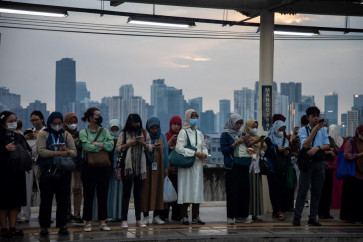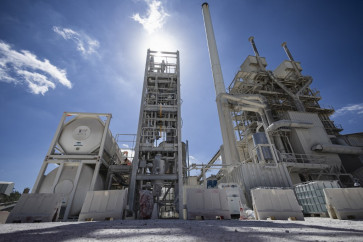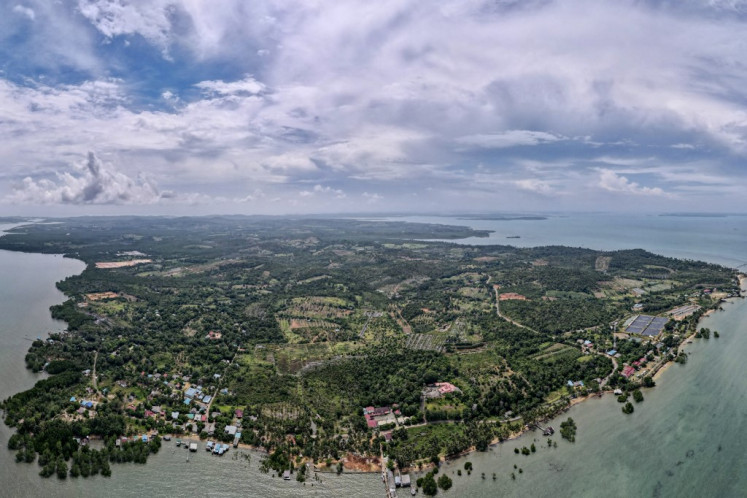Popular Reads
Top Results
Can't find what you're looking for?
View all search resultsPopular Reads
Top Results
Can't find what you're looking for?
View all search resultsAir pollution alert in 14 Thai provinces
Greenpeace reports hazardous PM2.5 levels at every air quality test site.
Change text size
Gift Premium Articles
to Anyone
A
ir pollution in 14 provinces across Thailand is much higher than World Health Organisation (WHO) safe limits, Greenpeace revealed Monday in a shock report.
The environmental group made the announcement as it disclosed average readings of PM2.5 – particulate matter smaller than 2.5 micron – in the country during the first half of 2017. PM2.5 is so small that it can be inhaled into the blood system and cause cancer and heart disease.
The assessment of PM2.5 levels at 19 air quality measurement stations in 14 provinces across the country showed that every station recorded levels higher than the WHO recommendation of less than 10 milligrams per cubic meter of air.
“Greenpeace has monitored PM2.5 levels in Thailand since 2015 and found that the top five provinces that have the highest records of PM2.5 were the same every year, which is a clear sign that we have to do something to clean our air,” said Chariya Senpong, Greenpeace coordinator on climate change and energy.
Chiang Mai, Tak, Khon Kaen, Bangkok and Saraburi were among the worst cities with the most severe PM2.5 levels.
Khon Kaen had the highest level during the past six months with an average record of 44 micrograms per cubic meter of air, while Saraburi had 40 and Chiang Mai 39.
Chariya said it was understandable that those provinces suffered from severe air pollution as Chiang Mai and Tak in the North were in valley areas and faced haze problems from open burning every year. Khon Kaen, Bangkok and Saraburi are main urban areas with a high volumes of traffic and industry.
“This is a big threat to people’s health, as PM2.5 is so small that it can pass dust filter systems in our respiratory system and be absorbed into our blood system through our lungs,” she said.
“The particulates carry toxic substances such as heavy metals with them, so exposure to PM2.5 can cause cancer and other diseases such as allergies.”
A State of Global Air report showed that air pollution from PM2.5 was responsible for 37,500 premature deaths in Thailand in 2015.
“It is the people’s right to be in a clean environment and informed about the health threats from the air, so the authorities should add PM2.5 in their Air Quality Index and make sure that people can easily access face masks and information about air pollution,” Chariya said.
Meanwhile, the Pollution Control Department (PCD) Air Quality and Noise Management Bureau director Seksan Saengdao said Thailand already had eight air quality indicators, which included PM2.5, while the PCD was working to install new PM2.5 monitors to cover 31 provinces.
“We understand the problem of the lack of coverage of PM2.5 monitors and we are working on it. Moreover, in the country’s 20-year strategic plan, the government also focuses in tackling air pollution from other sources as well,” Seksan said.
This article appeared on The Nation newspaper website, which is a member of Asia News Network and a media partner of The Jakarta Post







